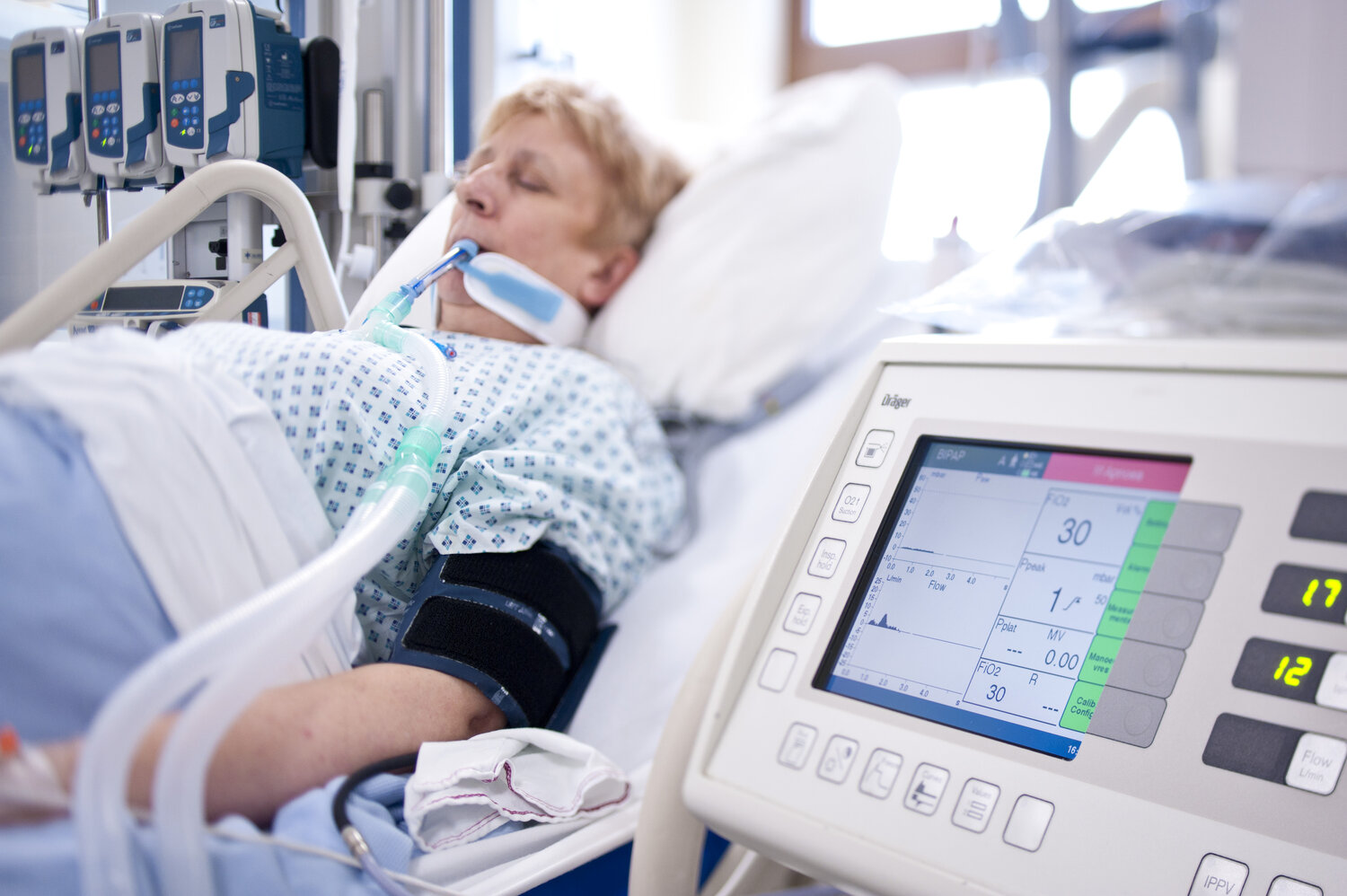
Aging could be a part of existence, speculate the body ages, the mind age too. Much like an ageing body might contain illnesses and illnesses like osteo-joint disease, cataracts, cardiovascular disease and weak bones, an ageing brain can also be battling with sickness. Age-connected illnesses inside your brain are frequently clustered underneath the umbrella-term of ‘neurodegeneration’. Illnesses like Huntington’s, Alzheimer’s and Parkinson’s will be the commonly known as disorders that can come under this terminology.

Let’s first figure out what the word ‘neurodegeneration’ really encompasses. The Oxford Dictionary defines neurodegeneration because the “Degeneration within the central nervous system, especially of neurons within the brain”. Using the EU Joint Programme – Neurodegenerative Disease Research (JPND), the central nervous system in the body includes neurons. In situation they suffer damage, they don’t hold the opportunity to correct, replace or reproduce themselves. This inabiility leads to neurodegenerative illnesses.
Formerly, neurodegenerative illnesses were considered as incurable. However, while using the gigantic steps towards advancement that medical science has received within the yesteryear few years, scientists have observed the chance to plot procedures that assist in assisting individuals struggling with neurodegenerative disease. Stem cell treatments are of individuals advanced procedures which have lately proven great outcomes.
These cells are mother or master cells that have the ability to differentiate into some other type of specialized cells through the operation of mitosis. They might repair internal injuries by developing in a cell obtaining a specialized function like a bloodstream stream cell or brain cell. In addition they hold the opportunity to resume themselves.
Utilizing these kinds of cells to handle medical disorders and illnesses is called stem cell therapy. Transplantation of stem cells is considered because the common procedure present in this cell therapy. In situation of brain degeneration, stem cells are transplanted towards the patient. These cells then become progenitor cells realistically work inside the brain to keep the neuron functions. Studies have been conducted on animal models for illnesses like Amyotrophic lateral sclerosis, Parkinson’s, and ms, that have provided positive outcomes.
Within the symposium organized by EuroStemCell, Magdalena Götz, PhD, Helmholtz ZentrumMünchen, spoke regarding the radial glial cells that are inside the neural stem cells and described them as “they appear like glia, they give an impression of glia but they’re actually the neural stem cells.” She further described the introduction of minds and the opportunity of guiding neural stem cells to discover and repair the injuries site within the brain, although regenerating neurons.





